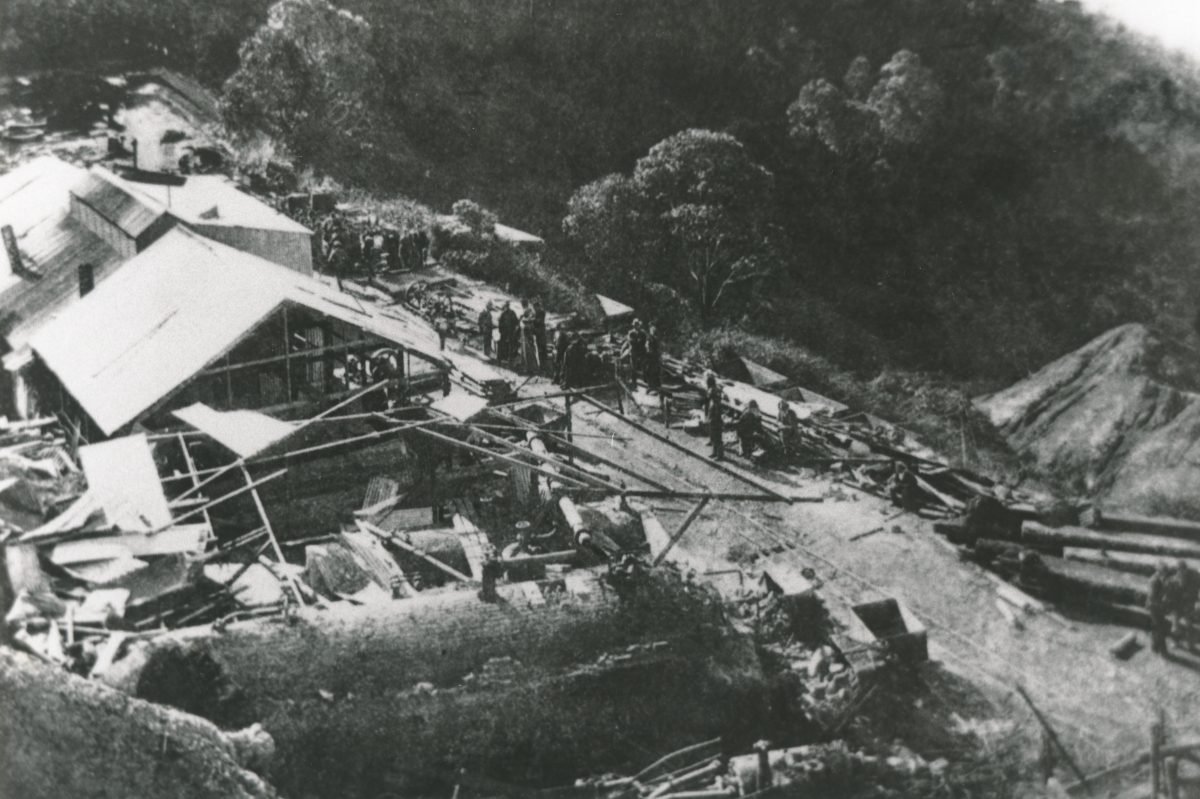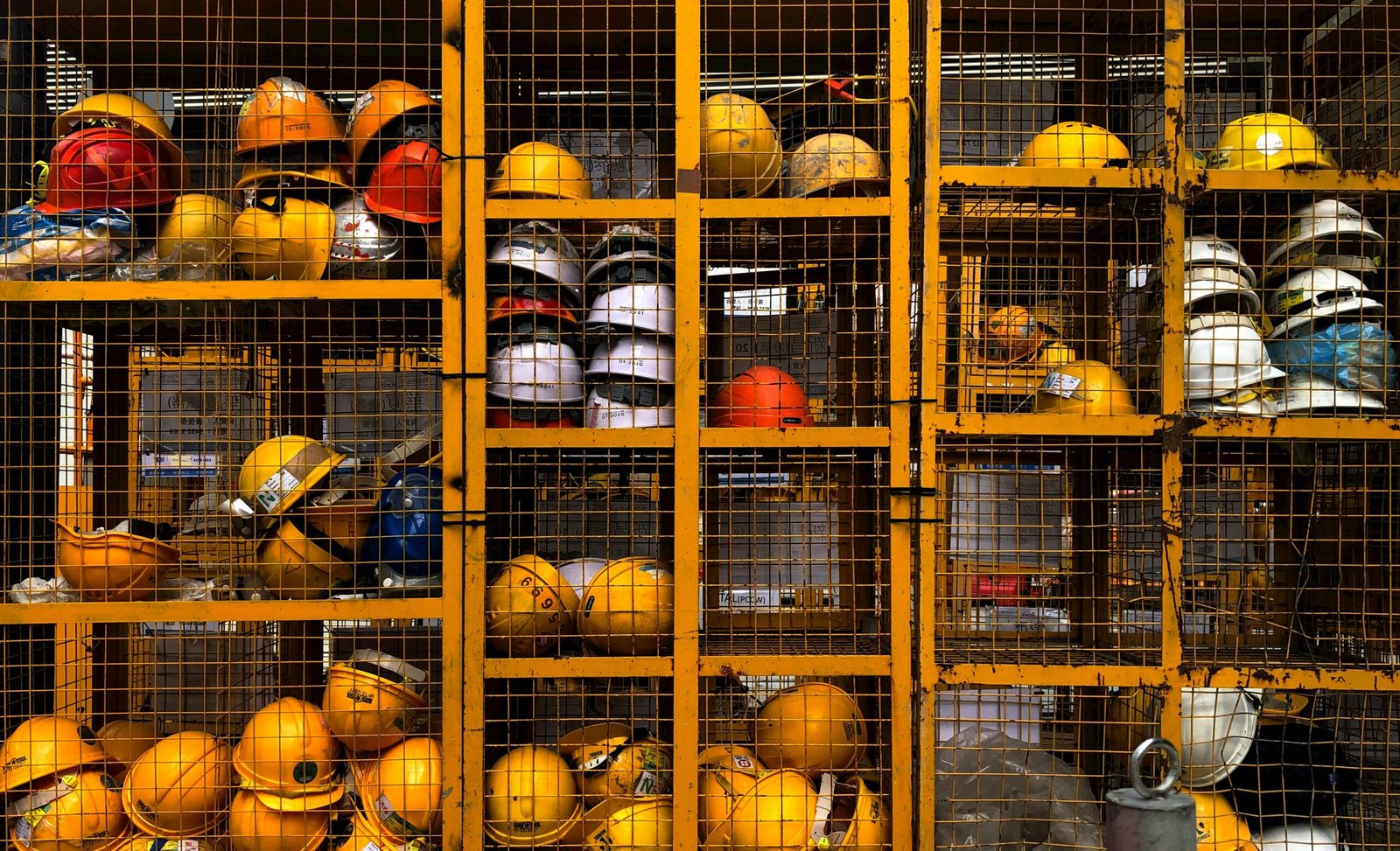In the annals of Australian mining, there exists a somber chapter that speaks of tragedy, loss, and the quest for improved safety standards. The Mount Kembla Mine Disaster, which occurred on March 31, 1902, stands as a stark reminder of the dangers inherent in coal mining and the critical importance of stringent safety regulations.
Background of the Company
The Mount Kembla Coal and Oil Company, located near Wollongong in New South Wales, was one of the leading coal producers in the Illawarra region during the late 19th and early 20th centuries. Established in the mid-19th century, the company’s operations expanded rapidly as demand for coal surged due to industrialization.
The Disaster Unfolds
On that fateful day in 1902, the tranquility of the Mount Kembla community was shattered by a series of deafening explosions emanating from the depths of the Mount Kembla Coal Mine. The initial blast, attributed to a buildup of methane gas, triggered a chain reaction of secondary explosions, causing widespread devastation within the mine.
Scores of miners, toiling deep underground, were suddenly engulfed by darkness and chaos as the blasts unleashed a torrent of debris and toxic fumes. Rescue efforts were immediately initiated, but the scale of the disaster and the treacherous conditions underground posed formidable challenges to the rescue teams.
Contributing Factors
Several factors contributed to the magnitude of the Mount Kembla Mine Disaster:
- Lack of Gas Monitoring: The absence of adequate methane gas monitoring systems meant that dangerous levels of gas could accumulate undetected, increasing the risk of explosions.
- Poor Ventilation: Inadequate ventilation systems failed to adequately disperse methane gas and ensure a safe working environment for miners.
- Ignition Source: The exact ignition source that sparked the initial explosion remains uncertain, but it is believed to have been a combination of factors, including faulty equipment and unsafe practices.
- Lack of Training: Many miners lacked proper training in safety procedures and emergency response protocols, leaving them ill-equipped to handle hazardous situations.
- Pressure to Produce: The relentless pressure to meet production quotas and maximise profits may have led to shortcuts in safety procedures and increased risk-taking behaviour.
Lessons Learned
The Mount Kembla Mine Disaster served as a wake-up call for the Australian mining industry, prompting widespread reforms and initiatives aimed at improving safety standards and preventing future tragedies. Some of the key lessons learned from the disaster include:
- Investment in Safety Infrastructure: Substantial investments were made in gas monitoring equipment, ventilation systems, and other safety infrastructure to minimise the risk of explosions and mitigate their impact.
- Enhanced Training and Education: Rigorous training programs were introduced to educate miners on safety procedures, hazard recognition, and emergency response techniques, empowering them to protect themselves and their colleagues.
- Regulatory Oversight: Stricter regulations and enforcement mechanisms were implemented to ensure compliance with safety standards and hold companies accountable for maintaining safe working conditions.
- Cultural Shift: A cultural shift occurred within the mining industry, with greater emphasis placed on prioritising safety over production targets and fostering a culture of vigilance and accountability.
Conclusion
The Mount Kembla Mine Disaster stands as a poignant reminder of the human cost of industrial accidents and the imperative to prioritise safety in hazardous work environments. While the tragedy claimed the lives of 96 miners and left an indelible mark on the Mount Kembla community, it also galvanised efforts to improve safety standards and protect the lives of future generations of miners.
As we reflect on the events of that fateful day in 1902, let us honour the memory of those who perished by redoubling our commitment to ensuring that such tragedies never occur again. May their legacy serve as a beacon of hope and a reminder of the enduring importance of safety in the pursuit of progress.






